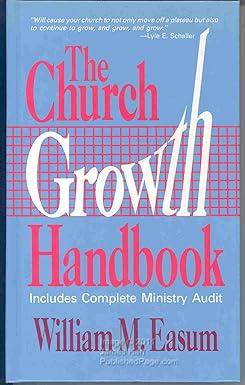Question
Ginvold Co. began operating a subsidiary in a foreign country on January 1, 2008 by acquiring all of the common stock for 50,000. This subsidiary
Ginvold Co. began operating a subsidiary in a foreign country on January 1, 2008 by acquiring all of the common stock for 50,000. This subsidiary immediately borrowed 120,000 on a five-year note with ten percent interest payable annually beginning on January 1, 2008. A building was then purchased for 170,000. This property had a ten-year anticipated life and no salvage value and was to be depreciated using the straight-line method. The building was immediately rented for three years to a group of local doctors for 6,000 per month. By year-end, payments totaling 60,000 had been made. On October 1, 5,000 were paid for a repair made on that date. A cash dividend of 6,000 was transferred back to Ginvold on December 31, 2008. The functional currency for the subsidiary was the stickle. Currency exchange rates were as follows:
January 1, 2008 $2.40=$1
October 1, 2008 $2.22=$1
Average for 2008 $2.28=$1
December 31, 2008 $2.16=$1
A. Prepare an income statement for this subsidiary in stickles and then translate these amounts into U.S. dollars.
B. Prepare a statement of retained earnings for this subsidiary in stickles and then translate these amounts into U.S. dollars.
C. Prepare a balance sheet for this subsidiary in stickles and then translate these amounts into U.S. dollars.
Step by Step Solution
There are 3 Steps involved in it
Step: 1

Get Instant Access to Expert-Tailored Solutions
See step-by-step solutions with expert insights and AI powered tools for academic success
Step: 2

Step: 3

Ace Your Homework with AI
Get the answers you need in no time with our AI-driven, step-by-step assistance
Get Started


